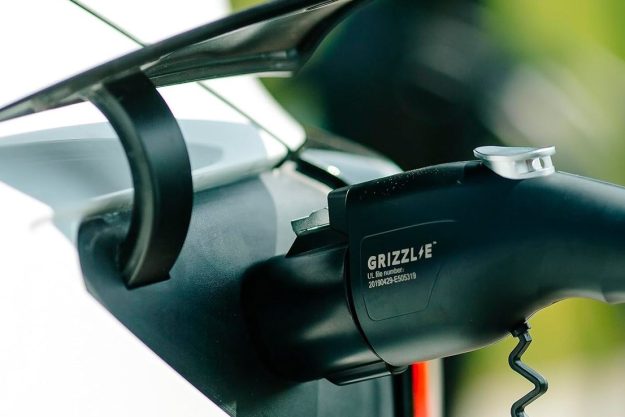
Bugatti surprised fans around the world when it unveiled the Divo, a hardcore evolution of the monstrous Chiron designed specifically to carve corners. Photos of the Divo will perform background image duty on millions of devices around the world, but that’s not the direction the French firm will take as it looks to expand its brand.
Decision-makers are seriously looking at how to expand the Bugatti brand. It’s a significant shift in their strategy; the company has limited its lineup to a single model since it returned to the scene with the Veyron in 2005. The big question the firm needs to answer is how to reach a new set of buyers without diluting the image of what’s unquestionably one of the most prestigious car brands in the world.
“The brand is ready for more,” affirmed company boss Stephan Winkelmann in an interview on the sidelines of the Paris Auto Show.
Bugatti showed a stunning sedan called 16C Galibier in 2009, and it seriously considered giving it the proverbial green light for production, but the body style is falling out of vogue, especially in key markets like the United States and China. That makes an SUV the most sensible option, especially since brands like Rolls-Royce, Bentley, and Lamborghini — which Winkelmann used to run — have already shown the way forward.
Whether it arrives as a sedan, an SUV, or something else entirely, Bugatti’s next model probably won’t receive the 8.0-liter, quad-turbocharged W16 engine that powers the Chiron (pictured). The 1,500-horsepower unit will most likely be phased out at the end of the Chiron’s production run. It’s “the core of the brand today, but it won’t remain the heart forever,” Winkelmann hinted.
Bugatti has joined the growing list of companies looking at ways to adopt electrification. It’s not ruling out a hybrid model but it hasn’t approved the development of one, either. “You have to consider social acceptance in terms of emissions,” Winkelmann told Automotive News Europe.
Expanding the Bugatti brand doesn’t mean bumping it downmarket. Though nothing is official yet, it’s unrealistic to expect the brand will move down into the segment occupied by Bentley and Rolls-Royce. Even a hybrid SUV would carry a seven-digit price tag and likely arrive as a limited-edition model.
Editors' Recommendations
- Amazon looks to expand its cashier-free Go tech to supermarkets, pop-up stores
- Bugatti ends its record-chasing career with a stunning, limited-edition Chiron




